Hydrodynamic Products
HVAF
Hub-Vortex Absorbed Fins
HEP
High Efficiency Propeller
PSV
Pre-Shrouded Vanes
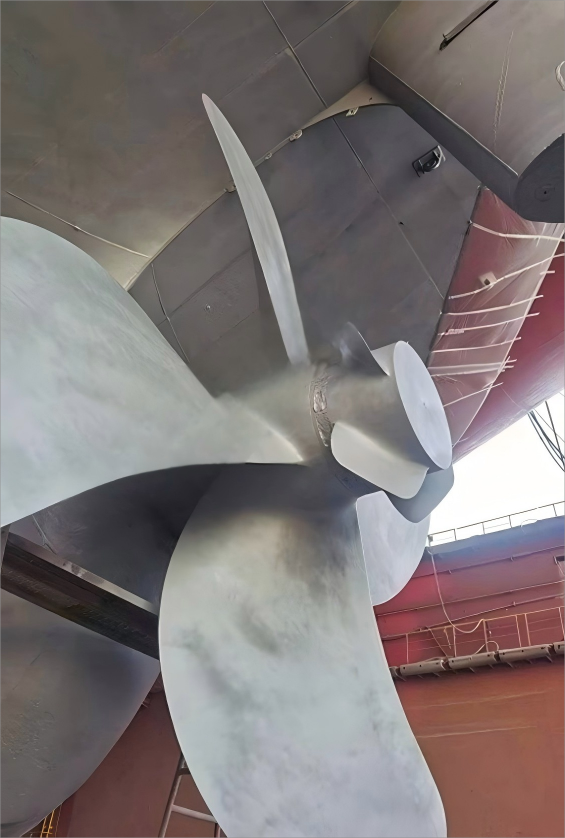
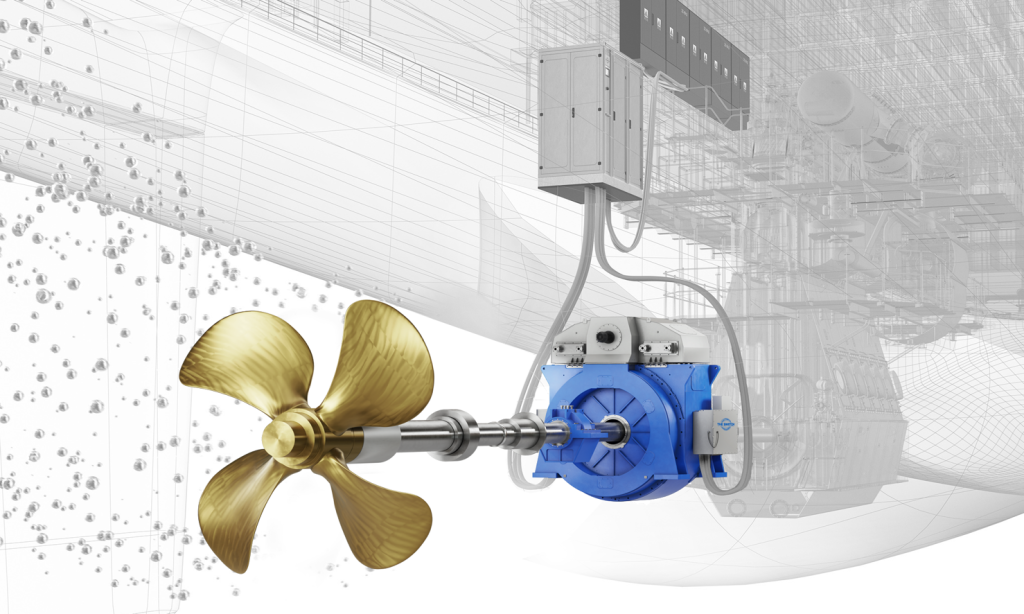
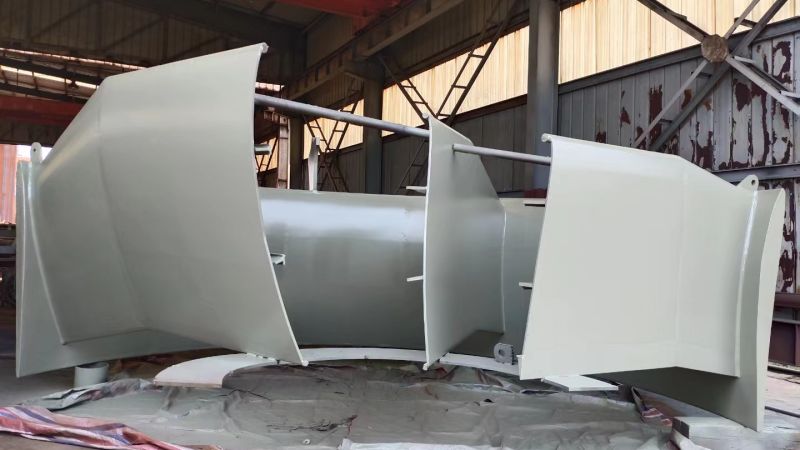
Meet the Hydrodynamic Three Musketeers – HVAF, HEP, and PSV, All Without Breaking the Bank!”
HVAF
HVAF (Hydro Vortex Absorption Fin) is an energy-saving device installed on a ship’s hull, typically near the propeller. It works by reducing vortex losses and improving water flow efficiency, leading to fuel savings and lower emissions. The fin minimizes turbulence and enhances propulsion efficiency by stabilizing the wake field.
By optimizing hydrodynamic performance, HVAF helps shipowners achieve cost-effective fuel reductions and meet stricter environmental regulations. It is a low-cost, easy-to-install solution for improving vessel energy efficiency without major modifications.
HEP
HEP (High-Efficiency Propeller) is an advanced propeller design that enhances a ship’s propulsion efficiency while reducing fuel consumption and emissions. By optimizing blade shape, pitch, and hydrodynamic performance, HEP minimizes energy losses and maximizes thrust.
This technology improves wake distribution and reduces cavitation, leading to smoother operation and extended propeller lifespan. HEP is a cost-effective solution for shipowners seeking energy savings and compliance with environmental regulations without major vessel modifications.
PSV
PSV (Propeller Streamlining Vane) is a hydrodynamic device installed around or near the propeller to improve water flow efficiency. It works by reducing turbulence, optimizing wake distribution, and enhancing thrust, leading to lower fuel consumption and emissions.
By guiding water smoothly into the propeller, PSV minimizes energy losses and improves overall propulsion efficiency. It is a cost-effective retrofit solution for shipowners looking to enhance vessel performance, reduce operating costs, and meet environmental regulations.
HYDRODYNAMIC
The effect is remarkable at the same time, compared with the above measures, the cost is lower. Hydrodynamic measures are strongly recommended.
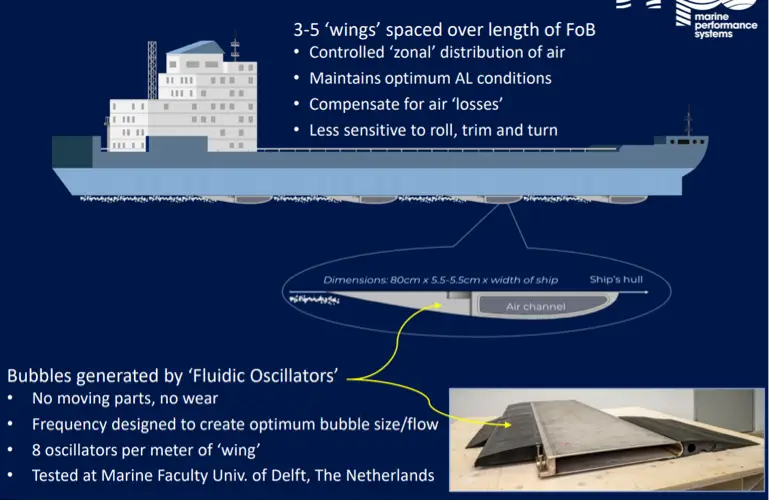
Air Lubrication
Through the precision-designed gas layer drag reduction system, an appropriate amount of gas is injected into the bottom of the hull to effectively isolate the bottom of the ship from the water, thus reducing the ship’s wet surface area and lowering the ship’s friction resistance.
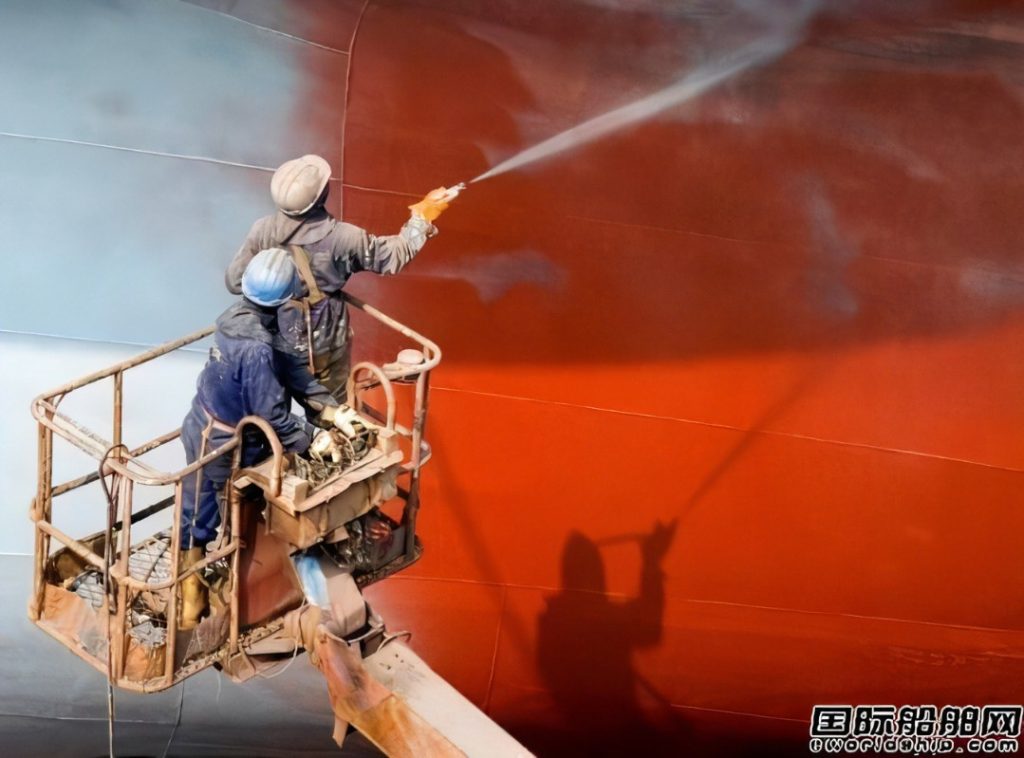
Drag Reduction Paint
Applying a smooth coating to the surface of a ship reduces the resistance to water flow, increases ship speed and fuel efficiency, prevents marine organisms from adhering to the ship’s surface, and reduces the ship’s maintenance costs and environmental pollution.
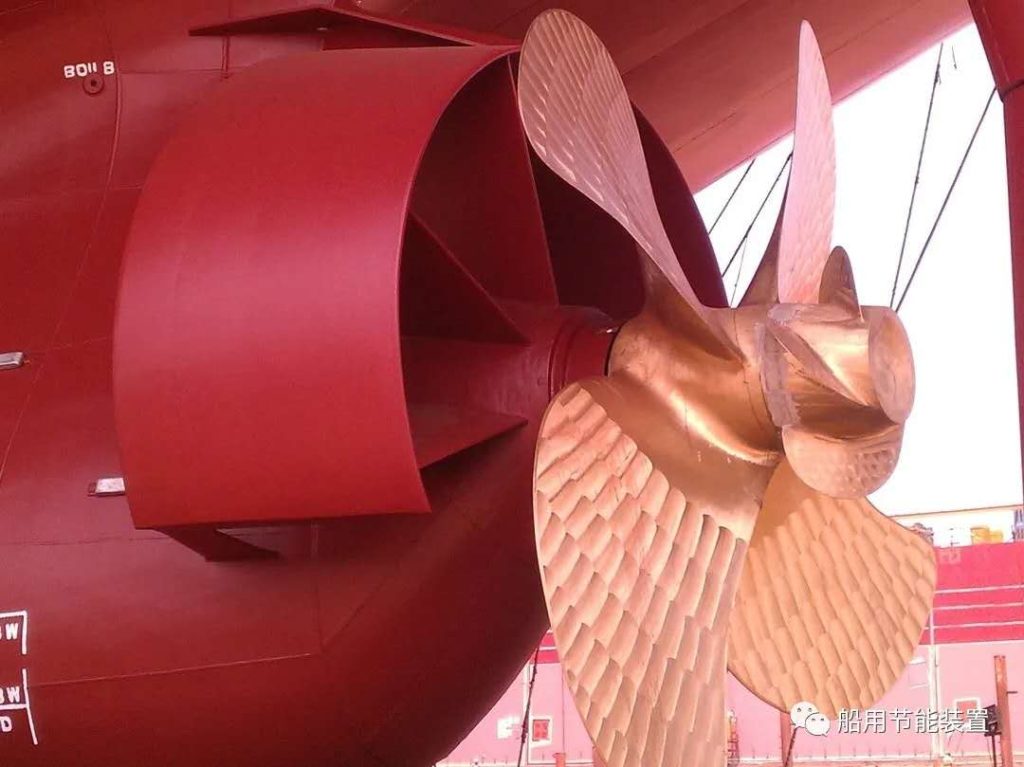
Hub-Vortex Absorbed Fins (HVAF)
Installed behind the propeller with fins of a new type of cap, its structure is simple, light weight, easy to install, safe and practical, can effectively reduce the propeller hub vortex energy loss. Whether it is installed on new ships or old ships, it can harvest significant energy-saving effect of the screw.
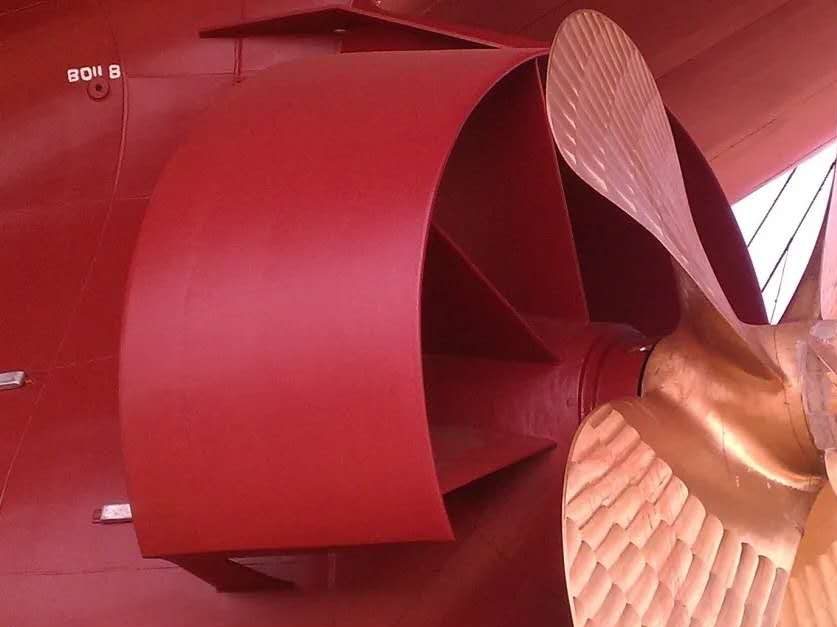
Pre-Shrouded Vanes (PSV)
Installed in front of the propeller front-type hydrodynamic energy-saving devices, by the combination of guide vane and conduit; can improve the uniformity of the propeller inflow field, improve the efficiency of the hull, reduce the propeller wake rotational energy loss, energy saving effect is significant.
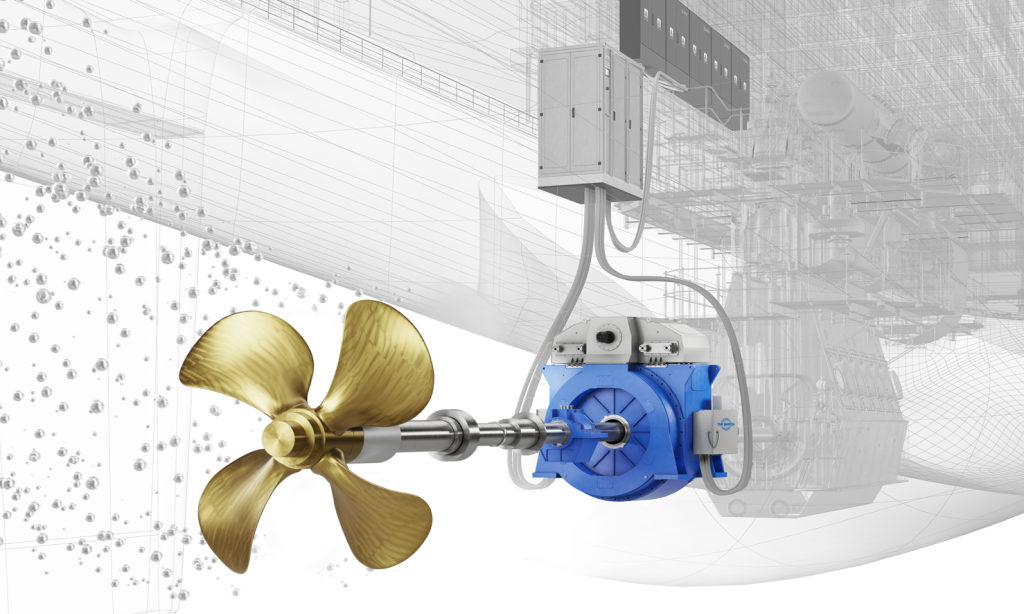
High Efficiency Propeller (HEP)
· Diameter, leaf numberdisk ratio optimization
· Trim and trim optimization
· Load distribution optimization
· Efficiency, bubble capacity, strength tradeoff design
· Profile optimization
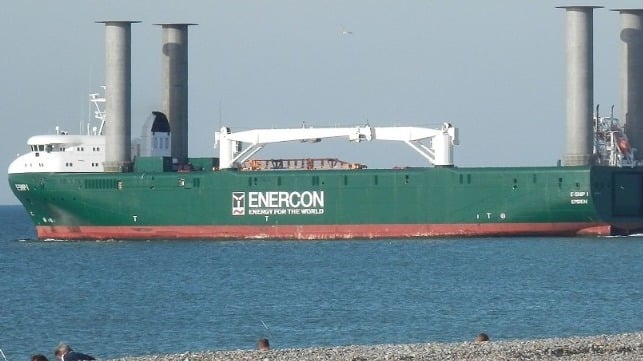
Wind Energy Solutions
When sailing at sea, the ship can use the wind energy conversion device to convert wind energy into auxiliary thrust to reduce the fuel consumption of the main propulsion diesel engine, and realize the energy saving and emission reduction target of the ship.
